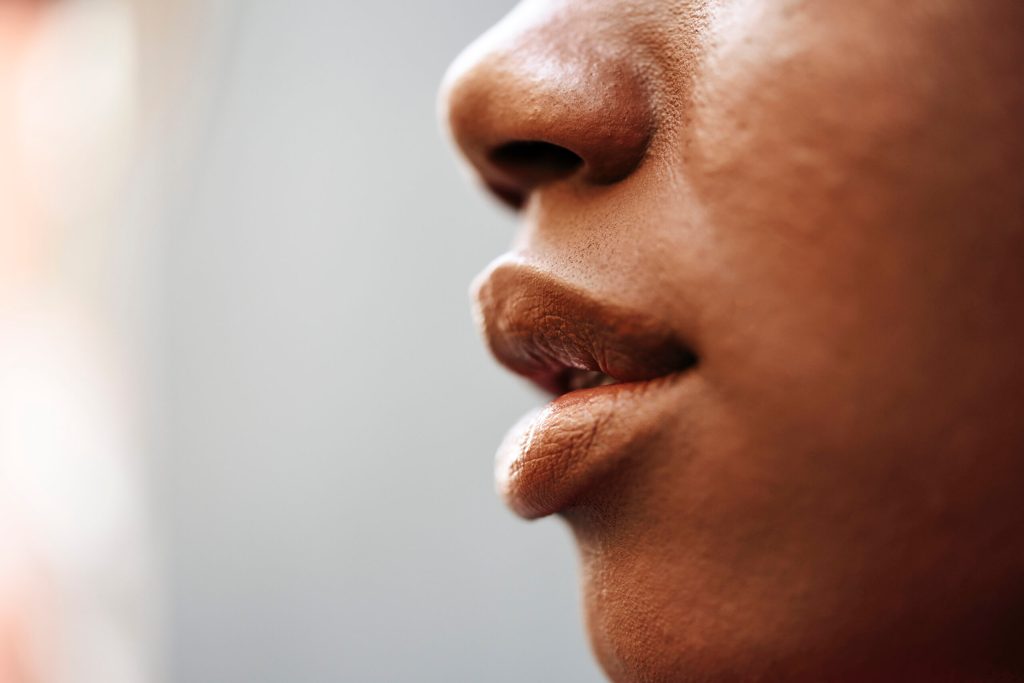
- POPSUGAR Australia
- Beauty
- How Facial Acne Mapping Can Help Determine the Causes of Your Breakouts
How Facial Acne Mapping Can Help Determine the Causes of Your Breakouts

Whether you’ve had acne since you were a teenager or you’ve just developed the skin condition and can’t stop picking at your face, you’re not alone. According to the American Academy of Dermatology, approximately 85 percent of people ages 18 to 24 will experience acne. Still, it’s an experience that can feel incredibly isolating. While no two cases are exactly the same, figuring out what type of acne you have can help you determine the right road map for treatment.
So, what if we told you that that pimple that always seems to pop up on your cheek isn’t as random as you thought? According to facial acne mapping, a thousands-of-years-old practice with roots in Ayurvedic principles and Chinese medicine, breakouts can correlate with a specific organ or something internal in the body (like hormones), or can be triggered by something as simple as your hair-care routine.
Here’s how it works: to decode your acne and determine the initial cause, you first need to look at where a blemish is presenting itself. Is it on your cheek? Your forehead? Or do you only get acne on your chin? These areas on your face can all point to different reasons you might be breaking out.
“Facial acne mapping plays off the idea that energy flows along pathways between organs, and different zones of the face will correlate to specific organs,” board-certified dermatologist Jessie Cheung, MD, of Cheung Aesthetics & Wellness in Chicago, tells POPSUGAR. “Pimples, redness, or dryness on the face are thus attributed to internal organ imbalances.”
While the validity of acne face mapping is debated in the dermatological world, and the practice has evolved over time, it never hurts to consider what your acne might be telling you (especially if you’re also heeding advice from a dermatologist). That’s why we put together this simple road map ahead to help you pinpoint the potential problem based on the location of your breakout.
Face Mapping Your Acne: Common Causes
Face Mapping: Acne on Forehead
Forehead breakouts tend to be related to stress or a poor diet. “[These] breakouts are associated with your small intestine, and the area between your brows is specific to your liver,” says Dr. Cheung. While it’s hard to control external stress in your life, the best way to prevent it from manifesting itself on your skin is by taking regular time for yourself to relax and unwind. Additionally, cleaning up your eating habits can help, too. “Increase your fiber intake, and avoid alcohol.”
Another common culprit: your hair products could be clogging your pores. “We call it acne cosmetica,” says board-certified dermatologist Michelle Henry, MD. “Oily hair products can clog the pores causing acne.” Additionally, people with bangs may find fighting forehead breakouts to be hard to beat. To combat this, try to avoid touching your fringe as much as possible and be sure to wash your face thoroughly – which means pulling your bangs aside and out of the way – regularly. “Retinoids are great treatments for this type of concern,” says Dr. Henry.
Face Mapping: Acne on Nose
Breakouts, specifically blackheads, on your nose are usually a result of an oily T-Zone. “This is a common area for acne,” says Dr. Henry. “Hormones or increased perspiration and oiliness from warm environments can increase acne in this area.” If you notice your skin looks congested in this area of your face, Dr. Henry recommends retinoids to treat it.
Face Mapping: Acne on Cheeks
“Cheeks are connected to your stomach and lungs,” says Dr. Cheung, citing Chinese medicine. “Stay away from cold drinks to avoid upsetting your stomach, and avoid smoking.”
If you’re experiencing acne on your cheeks and you don’t smoke, it could be a result of external aggressors like your phone or pillowcase. “This is treated with topicals like benzoyl peroxide or salicylic acid and cleaning anything that comes into contact with that area regularly,” says Dr. Henry.
Face Mapping: Acne on Jawline or Chin
Acne on your chin or jaw can almost always be traced back to hormones. The hormone androgen overstimulates oil glands and alters the behavior of skin cells, contributing to acne flare-ups.
“Your jaw corresponds to your reproductive organs,” says Dr. Cheung. Your best bet for fighting this type of acne is using detoxifying products to control oil and keep your pores clear. If all else fails and the problem persists, visit your dermatologist to learn about more options. Dr. Henry explains she often uses oral medication like spironolactone to treat hormonal acne.
If you want more insight into what’s causing your face to breakout, there’s technology and software online that can help answer that question for you with a simple photo of your face, like WhyMyBreakout.com.
“This photo-diagnostic widget leverages AI technology and the expertise of professional skin therapists to help diagnose the reasons you may be experiencing breakouts, based on the location and severity of breakouts,” says Frank Freeman, senior director of digital disruption at Dermalogica. “It then uses this information to create a custom breakout blueprint, as well as an appropriate product prescription. Users can also sign up for a menstrual tracker that will provide tips they can use to treat hormonal breakouts. The tool draws on Dermalogica’s signature Face Mapping technology, which provides a professional skin analysis and the opportunity to chat live with a professional skin therapist.”




